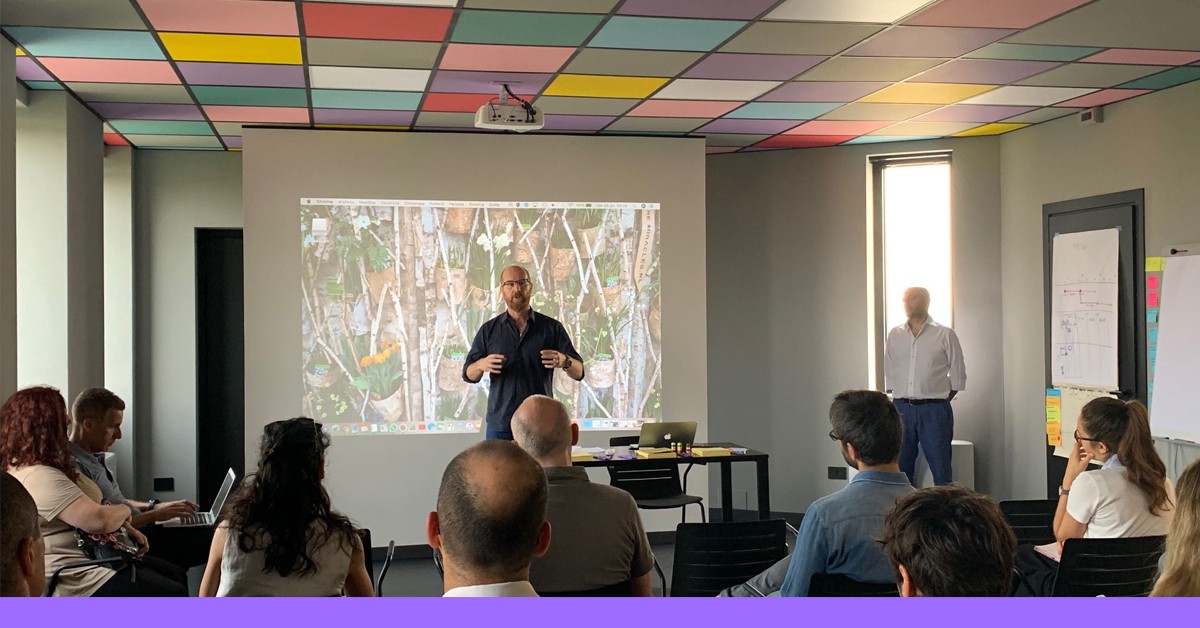Measuring the effectiveness of brand awareness initiatives: unconventional metrics and tools

Measuring the return on investment in brand awareness efforts by a company is generally a challenging and often costly task. In this article, we propose some solutions to the problem.
In this article:
- What We Mean by Brand Awareness
- From Classic Measurement Techniques to New Digital Tools
- Google Search Console: Branded Searches
- Google Trends: Trends in Interest
- Google Analytics: Direct Traffic
- Social Networks: Growth of Follower Base
- Off-Page SEO Tools: Growth in Mentions and Backlinks
- In Conclusion
What we mean by brand awareness
Brand awareness, or the degree of recognition and familiarity that consumers have with a brand and its products or services, is relevant for both B2C and B2B companies. Strong brand awareness can help stand out from the competition, facilitate sales, and customer loyalty, regardless of the market or industry.
From classic measurement techniques to new digital tools
Brand awareness campaigns have long been a fundamental tool in the marketer's toolbox. Traditionally, the effectiveness of such campaigns was measured - and often still is - by metrics such as CPM (Cost Per Thousand), Impressions, Reach, and Frequency. These metrics evaluate the number of people reached by an advertising campaign, the frequency with which they see the ad, and the cost incurred by the brand for each exposure.
Excluding somewhat complex and expensive techniques like ad and brand recall tests, in the context of offline media - for example, in television advertising or print - these metrics have often been the only ones available to assess the effectiveness of brand awareness campaigns. However, they have several limitations. For example, reaching a large number of people (Reach) does not necessarily mean that these people have actually taken note of your brand.
With the advent of digital, the landscape of measuring the effectiveness of advertising initiatives has evolved significantly, and this applies to both bottom-funnel (e.g., conversion) and top-funnel (namely, brand awareness) campaigns.
Online, we can measure metrics like reach and frequency with some precision, but we also have quick access to a wide range of indicators and tools that allow us to better understand how our brand is perceived and how this perception changes over time. In essence, we have the opportunity to redefine the KPIs of our brand awareness initiatives and evaluate the return on investments made with much greater confidence than in the past.
Google Search Console: branded searches
Google Search Console is a free tool offered by Google that helps website owners monitor and maintain their site's presence in Google's search results.
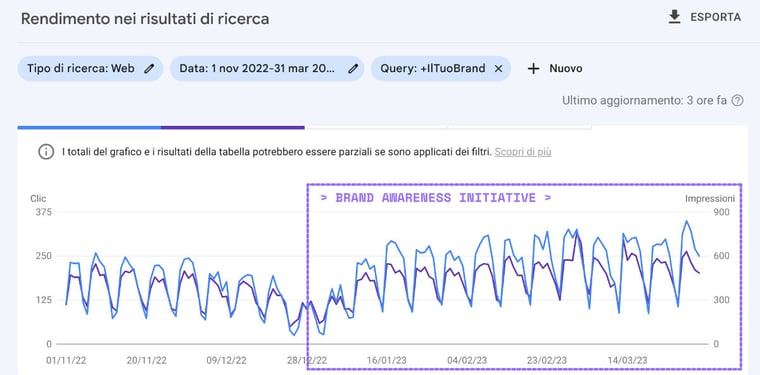
A possible use case is monitoring branded queries, those searches that include the brand name (as well as its products or services). An increase in this type of search is a clear sign of growing brand recognition by users.
Google Trends: trends in interest
Google Trends is another free tool that shows how often a particular search term is entered into Google Search, relative to the total volume of searches.
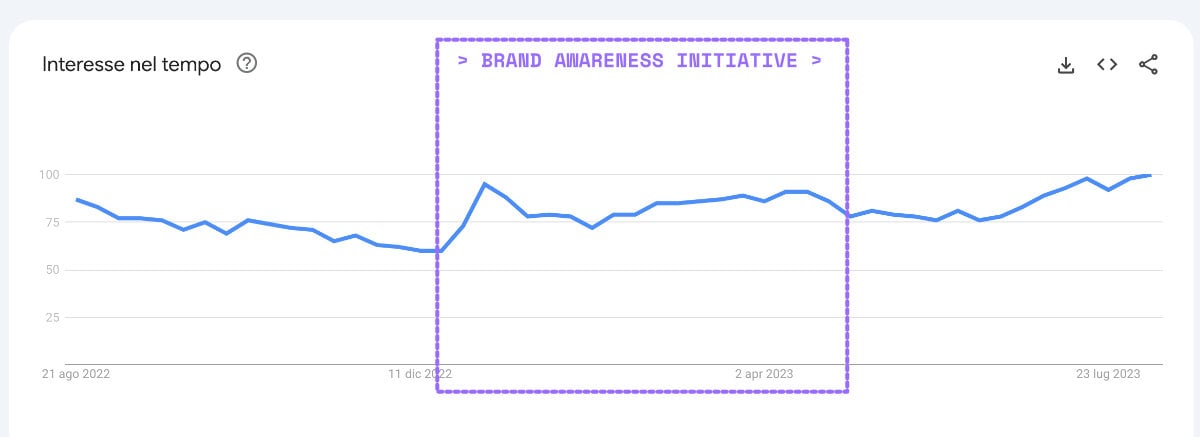
Using Google Trends, it is possible to analyze the popularity of brand-related searches and their variation over time, possibly comparing them with those of competitors. An increase in the volume of brand searches may indicate success in brand awareness initiatives.
Google Analytics: direct traffic
Google Analytics is a data analysis tool that provides basic statistics and insights related to the navigation of websites, apps, and digital platforms in general.
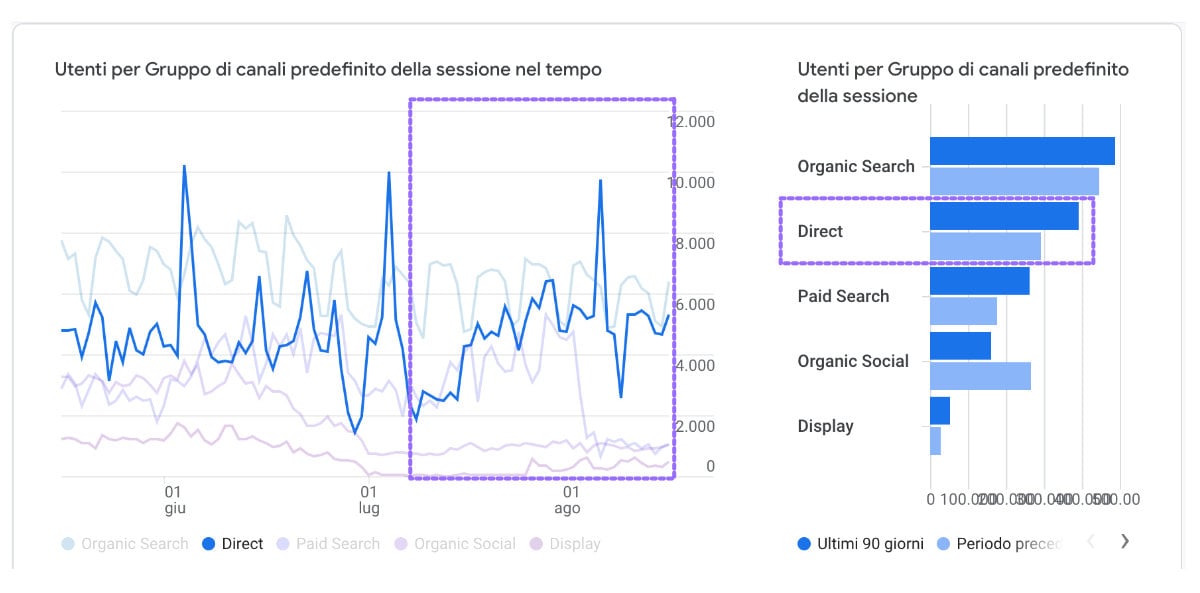
Among the many metrics it offers, direct traffic is particularly useful for measuring brand awareness. Direct traffic occurs when a visitor types your site's URL directly into the browser or reaches it through a bookmark. An increase in direct traffic suggests that more people are aware of your brand, know your website's address, and are actively searching for it.
Read also: Google Analytics 4 (GA4) Compliant with GDPR Using a Server-Side Proxy in the EU
Social Networks: follower base growth
The brand's social channels, in addition to contributing to brand building, can be a litmus test for assessing the effectiveness of awareness actions. Monitoring the growth of the follower base on social platforms is another method of measuring the effectiveness of campaigns.
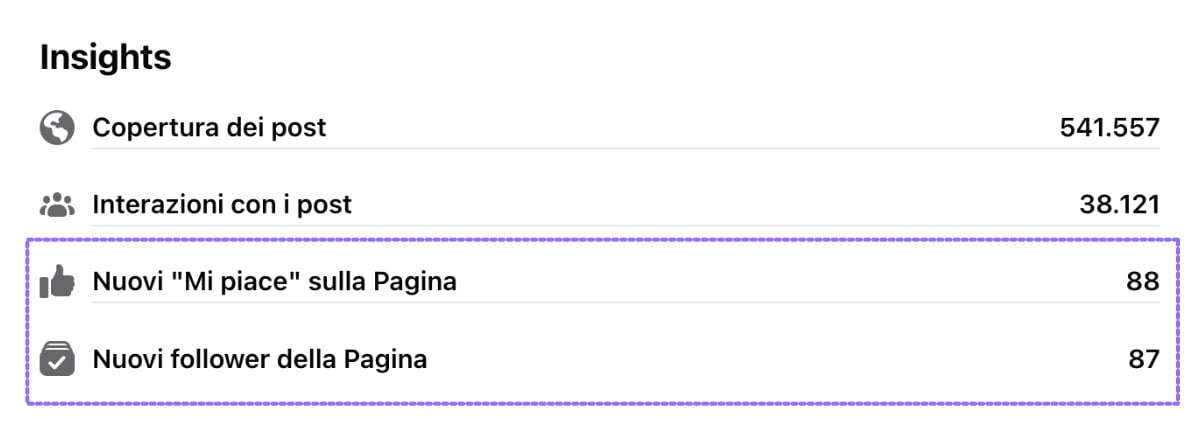
An increase in followers can indicate growing recognition and appreciation of your brand.
Off-Page SEO Tools: growth in mentions and backlinks
Off-page SEO tools, such as Ahrefs, SEMrush, or Moz, allow monitoring the number and quality of backlinks to a website and often also the mentions of the brand on other websites. These can be used as indicators of growing brand awareness.
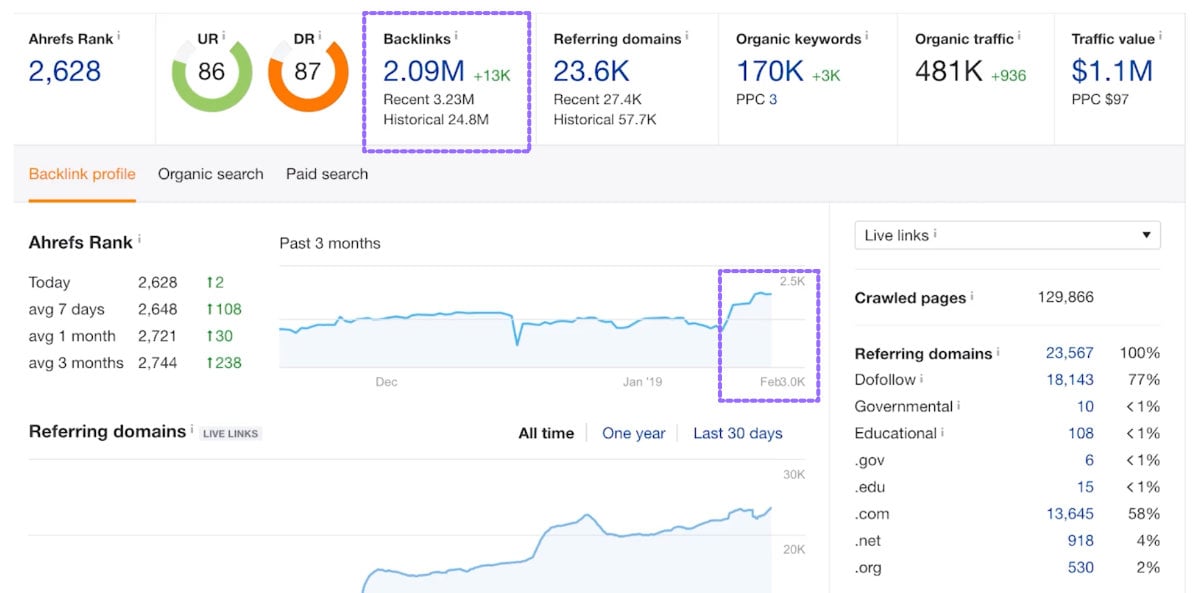
An increase in mentions and backlinks suggests that more people and websites are talking about the brand, increasing its visibility and reputation.
Are you looking for a partner to improve your company's return on advertising investments?
In conclusion
Measuring the effectiveness of brand awareness initiatives can also be done through the combined use of these tools, coupled with careful data analysis. The list is certainly not exhaustive, as many other metrics and tools could be added. Some other examples? The growth of your retargeting lists within advertising platforms or the increase in social mentions monitorable through social auditing tools.
An effective approach - in my opinion - might consist of identifying a mix of metrics and tools capable of providing information on the performance of actions taken related to different time horizons:
- real-time > e.g. daily coverage (Meta Ads);
- short term > e.g. total coverage (Meta Ads), percentage increase in branded searches (Google Search Console);
- medium-long term > e.g. variation of interest (Google Trends), increase in incoming links (Semrush).
In light of these considerations, I invite you to reflect on the opportunity to question the KPIs you will decide to use in the next initiative to support your brand. This is regardless of its nature, whether it is digital planning, a PR campaign or participation in a trade show (just to name a few examples).
Did you find the article interesting or would you like to suggest another measurement method? Leave a comment.
This page has been translated using automated translation tools and artificial intelligence technologies. We strive to ensure that the content is accessible in multiple languages, but please be aware that the translation may not be perfect. If you have any doubts or need clarifications, please feel free to contact us.

